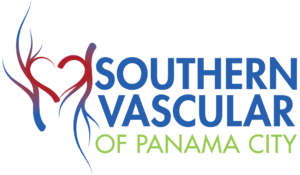Carotid Artery Disease
Click to View Treatments
Carotid Artery Disease
Carotid artery disease is a condition in which the carotid arteries become narrowed or blocked. When the arteriesbecome narrowed, the condition is called carotid stenosis.The carotid arteries provide the main blood supply to the brain. They are located on each side of your neck. Youcan feel their pulse under the jawline.
Causes
Carotid artery disease occurs when sticky, fatty substances called plaque build up in the inner lining of thearteries. See also: Atherosclerosis (hardening of the arteries)The plaque may slowly block or narrow the carotid artery or cause a clot (thrombus) to form more suddenly. Clotscan lead to stroke.
Risk factors for blockage or narrowing of the arteries include:
- Alcohol abuse
- Cocaine use
- Diabetes
- Family history of stroke
- High blood pressure
- High cholesterol
- Increasing age
- Smoking (people who smoke one pack a day double their risk of a stroke)
Two uncommon conditions called Marfan syndrome and fibromuscular dysplasia (abnormal growth ordevelopment of the cells in the walls of carotid arteries) may also cause narrowing of the carotid arteries.
Symptoms
You may not have any symptoms of carotid artery disease.You may have symptoms of a stroke or a transient ischemic attack (TIA). Some of these symptoms include:
- Blurred vision
- Confusion
- Loss of memory
- Loss of sensation
- Problems with speech and language
- Vision loss
- Weakness in one part of your body
Exams and Tests
Your health care provider will perform a physical exam. The health care provider may hear an abnormal soundcalled a bruit when using a stethoscope to listen to the blood flow in your neck. A physical exam may also reveal clots in the blood vessels of the eye. If you have had a stroke or TIA, a nervoussystem (neurological) exam will reveal other problems.
Risks
The risks depend on the type of arteriogram performed. Talk to your doctor about the risks involved before you have the test.
Risks may include:
- Allergic reaction to the dye used
- Bleeding, infection, and pain at the injection site
- Blood clots
- Damage to blood vessels
- Damage to the kidneys from the dye used (higher risk for people with diabetes)
